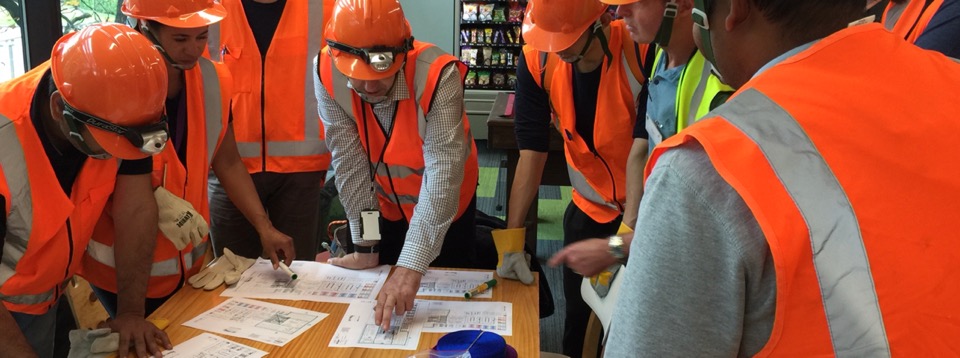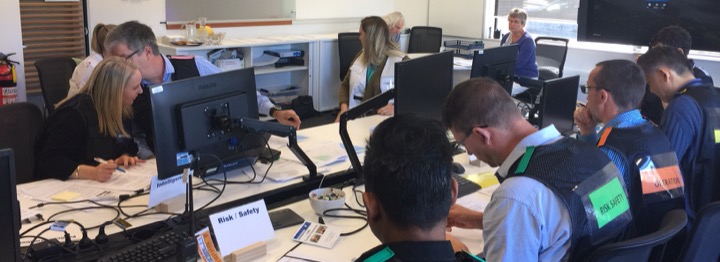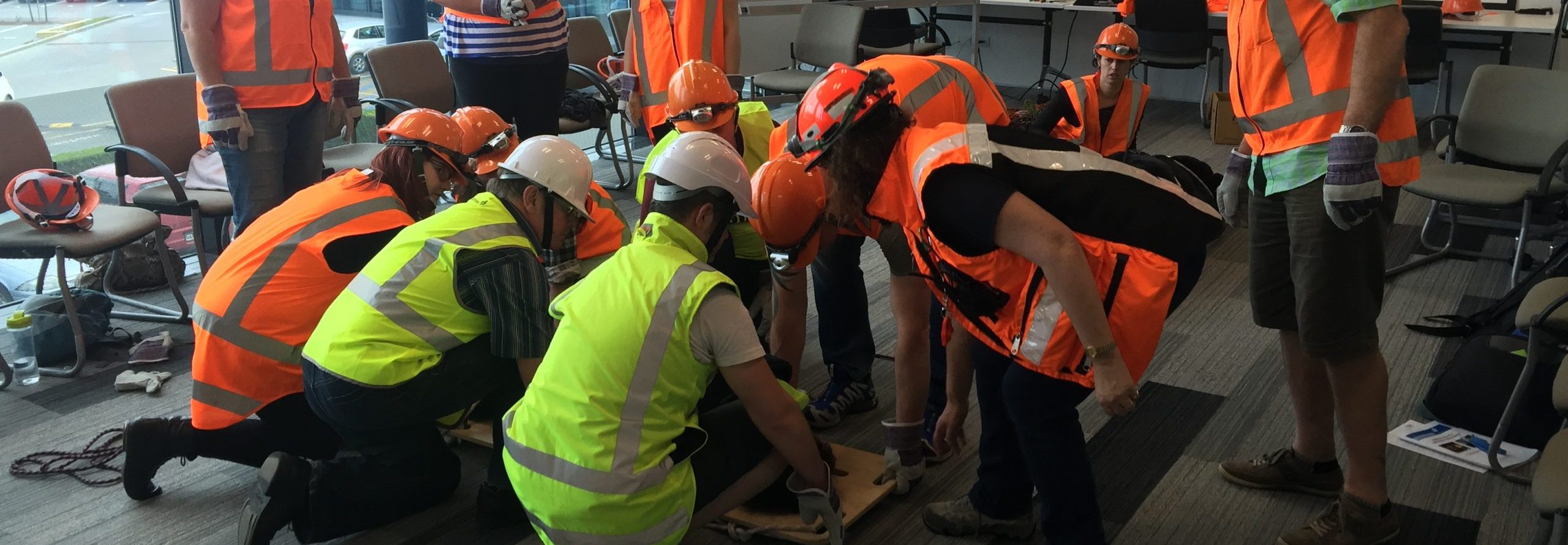Effective emergency response and management are crucial for any organisation to minimise disruptions, safeguard personnel, and ensure a swift recovery. The New Zealand Coordinated Incident Management System (CIMS) serves as an essential framework for managing incidents and emergencies, providing a unified approach across different agencies and sectors. CIMS is adaptable and scalable, meaning it can be used effectively regardless of the size of the incident or the type of organisation involved. In this article, we discuss the application of NZ CIMS in your organisation and why integrating this system is beneficial for ensuring preparedness and resilience.
Understanding NZ CIMS
The New Zealand CIMS framework is a robust approach to managing emergencies, from small local incidents to large-scale, multi-agency events. The system is designed to create a consistent structure and terminology that can be applied to incidents across New Zealand. This standardisation enables multiple agencies and sectors to work together more efficiently, which is vital during an emergency response where cooperation and clear communication are key.
In your organisation, CIMS helps align emergency response plans with the practices used by emergency services and local authorities. Adopting CIMS allows your staff to be familiar with the command structure, key roles, and functions involved in incident response, enhancing your ability to coordinate efforts seamlessly with external responders.
Key Benefits of Implementing CIMS
1. Standardisation Across Teams
One of the primary benefits of implementing CIMS within your organisation is that it provides a standardised structure for emergency response. This standardisation ensures that every staff member understands their role in the event of an incident, leading to better coordination and fewer communication errors. Staff who are trained in CIMS can effectively integrate with other agencies, including Fire and Emergency New Zealand (FENZ), Police, and local councils.
2. Improved Incident Management
Emergencies can often be chaotic, and without a well-structured management system, organisations risk miscommunication, duplication of efforts, and lack of direction. CIMS minimises these risks by providing a clear incident management structure, ensuring that each aspect of the emergency is attended to methodically. Through CIMS, your organisation can adopt a functional approach, with each section—such as operations, logistics, planning, and intelligence—having clearly defined responsibilities.
3. Enhanced Coordination with External Agencies
During a significant incident, your organisation will likely need to work alongside other response agencies. The adoption of CIMS makes this collaboration smoother and more effective, as all parties are working within the same framework. Whether the incident is environmental, technical, or related to business continuity, the ability to effectively interface with external partners, who are also using CIMS, will substantially improve outcomes.
4. Scalable Response to Any Incident
CIMS is scalable, which means that it can be applied to both small-scale incidents that may involve only a few members of your organisation and large-scale events requiring the involvement of multiple teams. This flexibility is particularly beneficial for organisations with varied risk profiles, ensuring an appropriate response regardless of the situation.
5. Professional Development Through Training
To fully leverage the benefits of CIMS, it is vital for key personnel to be properly trained. Courses such as CIMS 3 and CIMS 4 are designed to equip individuals with the necessary skills to apply CIMS principles effectively in their roles. CIMS 3 is intended for those who require a fundamental understanding of the framework, while CIMS 4 is suitable for those involved in managing larger, more complex incidents.
These courses provide valuable insights into incident control, logistics, intelligence, planning, and risk management, allowing organisations to create a robust response capability. By training your staff through these programmes, you ensure that your organisation is not only compliant with best practice standards but is also prepared to respond efficiently when needed.
Integrating CIMS in Your Organisation
To implement CIMS, begin by reviewing your existing emergency response plans and aligning them with the CIMS structure. This may involve assigning specific roles, such as Incident Controller, Operations Manager, and Logistics Coordinator, to ensure all aspects of incident management are covered.
Next, ensure that your staff are properly trained in CIMS. Sending key personnel to CIMS 3 and CIMS 4 courses is a practical first step. Having certified staff on hand will make the adoption process smoother, and these individuals can also help educate the wider team.
Finally, conduct regular training exercises and drills. These simulations will help test your organisation’s readiness and refine your incident management procedures. By actively practising these skills, your staff will be better equipped to respond effectively in real situations.
Why CIMS Matters for Organisational Resilience
In today’s uncertain world, the importance of preparedness cannot be overstated. The risks posed by natural disasters, technological failures, and other incidents are very real for New Zealand organisations. By adopting CIMS, your organisation takes a proactive approach to managing these risks, ensuring a coordinated, swift, and effective response.
Organisations that implement CIMS not only safeguard their own operations but also contribute to the resilience of their wider community. With everyone working under the same system, it is easier to pool resources, communicate effectively, and achieve positive outcomes during a crisis.
Ready to Learn More About CIMS?
Whether your organisation is new to CIMS or looking to deepen its expertise, enrolling your team in the upcoming CIMS 3 and CIMS 4 courses will help you get there. These courses are designed to provide practical, hands-on learning that will ensure your staff are prepared to manage any incident, big or small.
Don’t wait for an incident to test your organisation’s preparedness. Invest in the skills and knowledge that will make a real difference during an emergency, and make CIMS a cornerstone of your resilience strategy.










